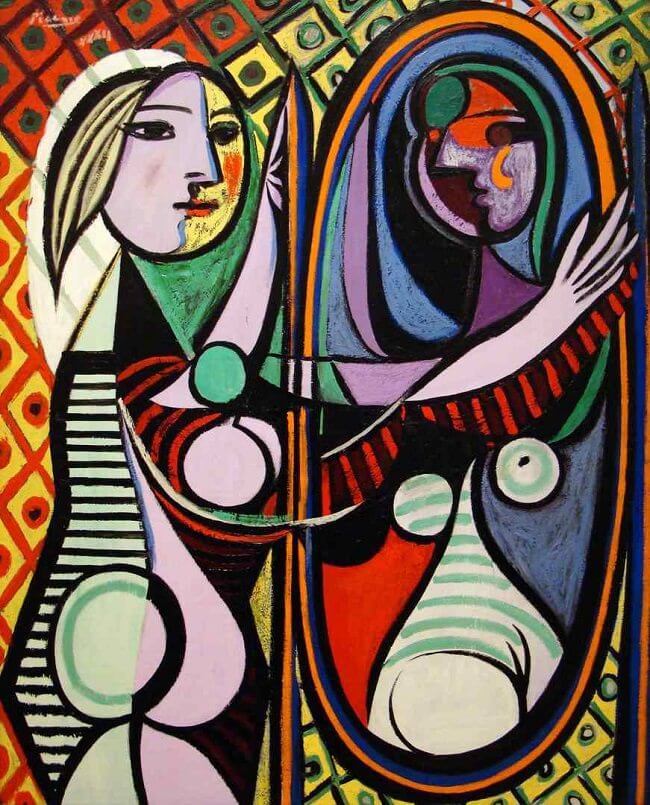“The longer you look at an object, the more abstract it becomes, and ironically, the more real.” – Lucian Frued
People are provoked by abstract art. Some like it and understand it right away while others are puzzled or confused by it.
Definition: It means moving away from literal and realistic references and instead using colour, shape, lines, and form to convey an independent point of view. It can also be referred to as non-representative art.
Why do artists like myself create abstract art?
It’s a visual language, an explorative experience, a discovery, an emotional outpour, a feeling, and a way of seeing. With practice and experimentation, abstraction becomes an ‘automatic drawing’ (creating from the subconscious and expressly said by surrealists).
Abstraction can be traced to Impressionism, Post-Impressionism and Cubism (inspired by another amazing movement, Fauvism). These were the first movements that realized the power of abstract art. Modern abstract art was born early in the 20th century. Artists began to create simplified artworks with little or no reference to the “real” world.

Impressionism : Claude Monet, Haystacks, 1891 (Photo: metmuseum.org)

Post- Impressionism: Vincent Van Gogh, Starry Night, (1889), (Photo: vangoghgallery.com)

Cubism: Pablo Picasso, Girl before a Mirror (1932) (Photo: http://www.pablopicasso.org)
Historians often credit Wassily Kandinsky as the father of modern art since he created paintings of floating, non-representational forms as early as 1912. He translated music into visual forms.

However, a Swedish painter by the name of Hilma af Klint had created her first abstract painting in her Stockholm studio in 1906, five years before him.
Abstract art exists now in many mediums, surfaces, materials and forms. Artworks can be enormous or tiny. They are two- or three-dimensional in nature.
Activity: Look at any image given above and describe what you see or how it appears to you in a 15-word poem. Describe the first few things you feel looking at it. It’ll help you understand the power of abstraction if you allow yourself to see it! Leave your comment below.

